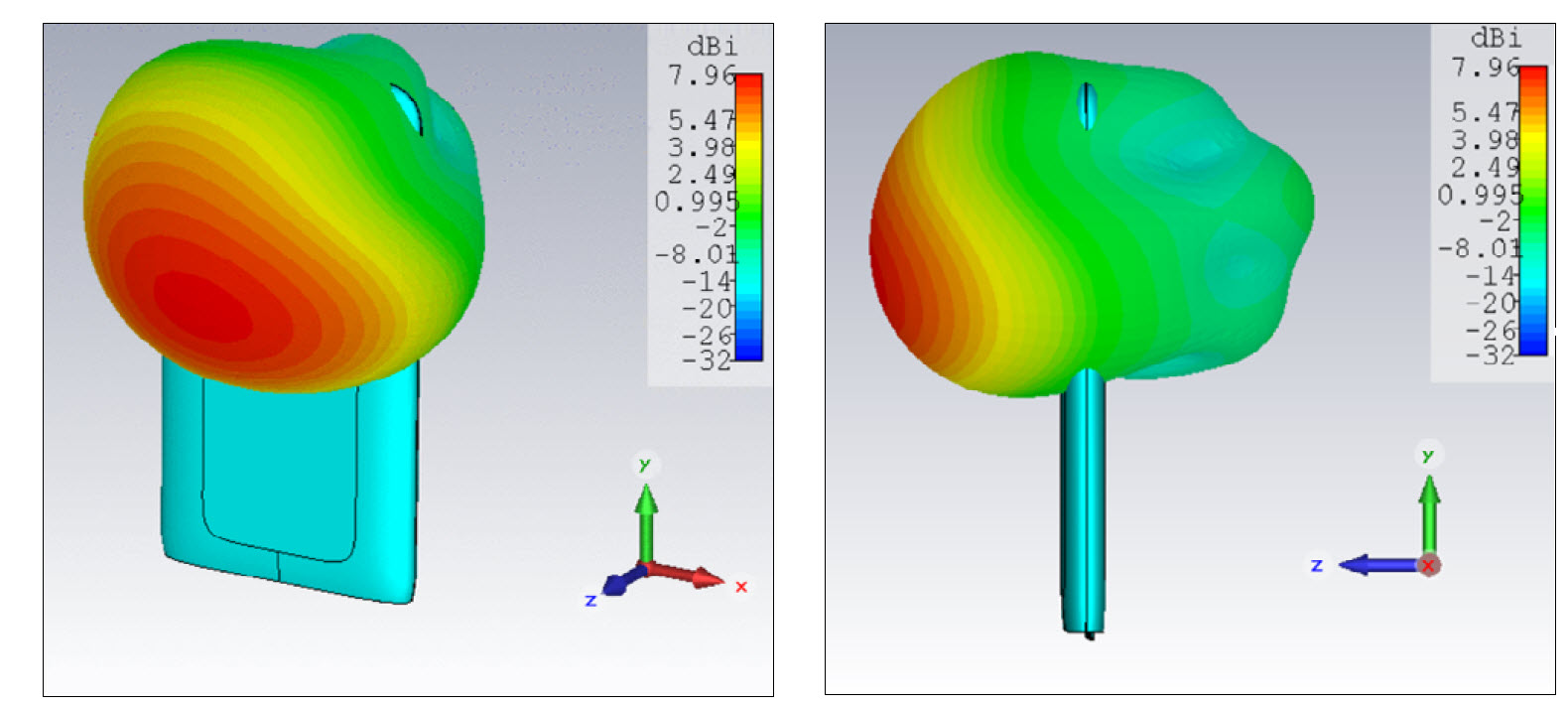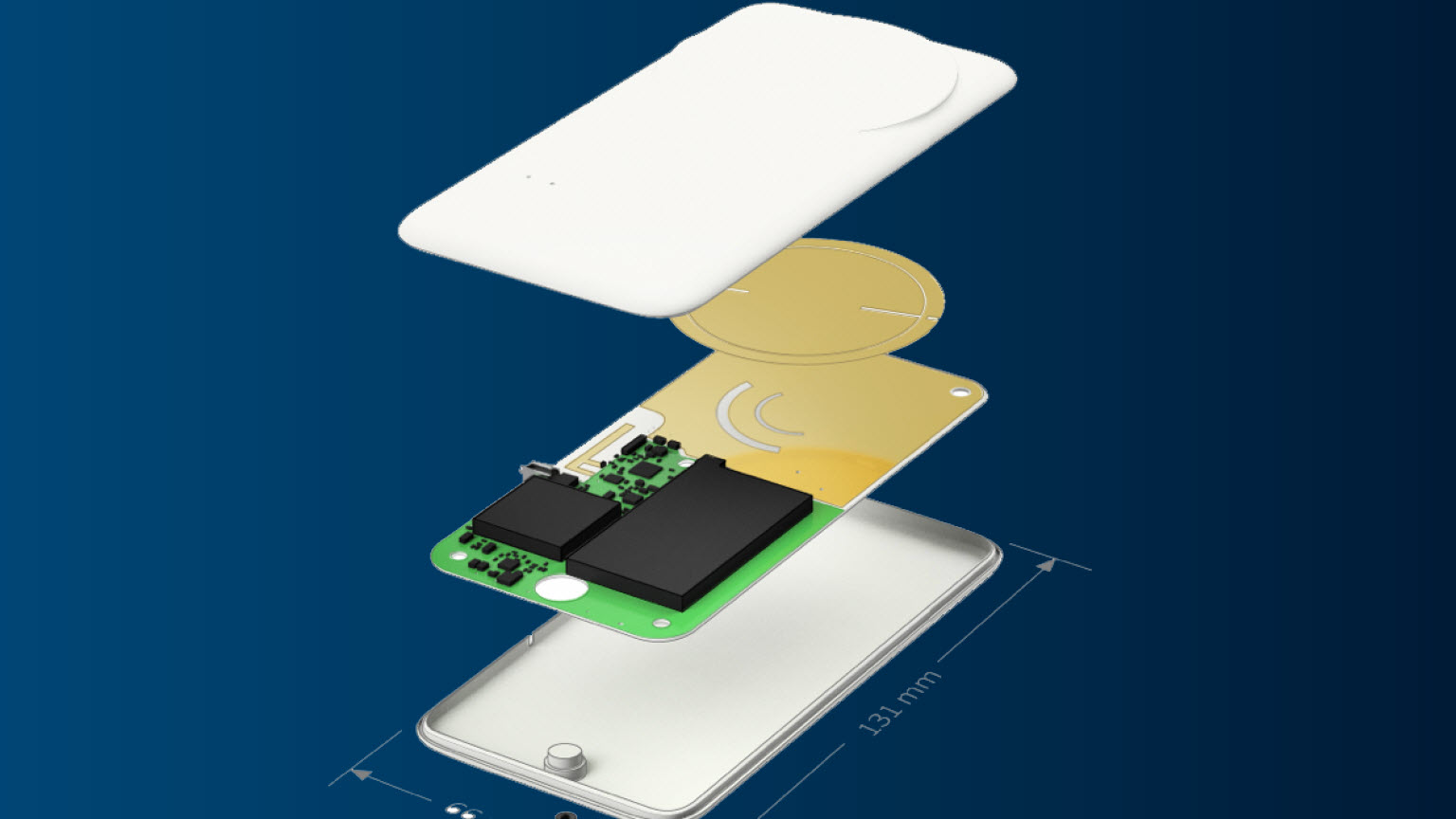Drayson
A dual-band, high-gain antenna needed to be integrated into an Internet of Things sensor network, while making sure that the antenna is compact enough to fit into the device.
A Compact Smart Sensor for Monitoring Air Pollution Incorporating Freevolt™ RF Energy Harvesting
Drayson Technologies is an Internet of Things platform company focused on developing digital health and environmental sensor networks that generate actionable insights to improve people’s lives and deliver value to business and government customers.
CleanSpace is an IoT sensor network to monitor air pollution developed by Drayson Technologies. CleanSpace is now the largest air quality monitoring network for pollution and temperature, combining readings from open-source environmental stations (mostly governmental) and CleanSpace™ Tags, which are mobile personal air pollution sensors that pair with a user’s CleanSpace App or a dedicated gateway to channel the readings to Drayson Technologies’ cloud services. The CleanSpace Tag’s CO accuracy has been scientifically tested by the National Physical Laboratory in the UK.
The CleanSpace Tag includes a carbon monoxide sensor, temperature sensor, and Bluetooth® connectivity to allow it to connect to a smartphone. These components all need power. Traditional power technologies – either recharging using cables, or swapping out batteries – require the user to monitor the device and charge it regularly. Drayson Technologies uses its proprietary Freevolt technology to help address the power challenge for the CleanSpace Tags.
Our customers want to integrate our Freevolt technology into their own products as fast as possible. By using CST Studio Suite we are able to respond quickly and produce custom solutions tailored to customer requirements.
Recharge the Battery of an IoT Sensor Device
Freevolt is a proprietary wireless charging technology developed by Drayson Technologies. Freevolt is an innovative, patented and patent-pending wireless charging technology that uses wireless radio frequency (RF) harvesting of existing wireless and broadcast transmissions to trickle charge the sensor devices when sufficient RF density is available, and inductive power transfer (IPT) for high power applications.
The Freevolt antenna inside the CleanSpace tag is needed to be a dual-band and high-gain antenna, while also being compact enough to integrate into the device. In order to design this antenna, Drayson Technologies used CST Studio Suite®. In Figure 1, the radiation pattern of the Freevolt antenna is presented.
CST Studio Suite combines all its different solvers in one user interface. This meant that we were able to use the best solver for each application: for example, the Time Domain Solver for high-frequency simulations such as designing CleanSpace tag or the Bluetooth antenna, but easily transfer to the Frequency Domain Solver for low-frequency simulations of inductive power transfer. GPU acceleration made it possible to simulate the entire tag efficiently, speeding up simulation time and saving money.

A Device that can Harvest RF Energy when Sufficient RF Power Density is Available
Drayson Technologies were able to create a harvester that can harvest RF energy when enough RF power density is available to recharge the battery of the CleanSpace Tag. The Freevolt technology can now also be implemented in other devices and customer products. To tailor it to each specific application, Drayson Technologies again use CST Studio Suite: the range of supported formats, such as STEP, GERBER and DXF, allow a wide range of customer models to be imported and simulated and GPU acceleration means that analysis and optimization of the antenna can be done quickly. All this helps Drayson Technologies fit Freevolt technology into customers’ design workflows.
